In recent days India has seen a massive support for the #MeToo movement across social media.
And now, with the help of Google Trends, we have an image that accurately depicts the reality of how widespread the movement is in the country.
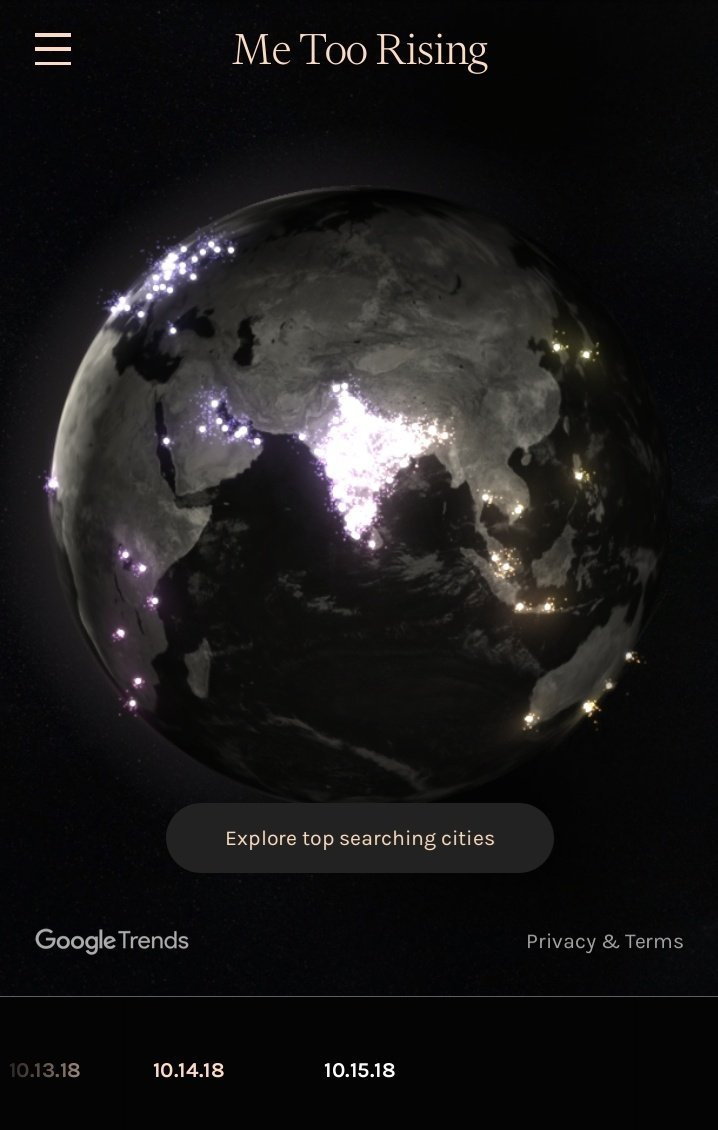

In April 2018, in recognition of Sexual Assault Awareness Month, Google created a visualization of the global #MeToo movement, mapped through Google Trends data, and named it Me Too Rising.
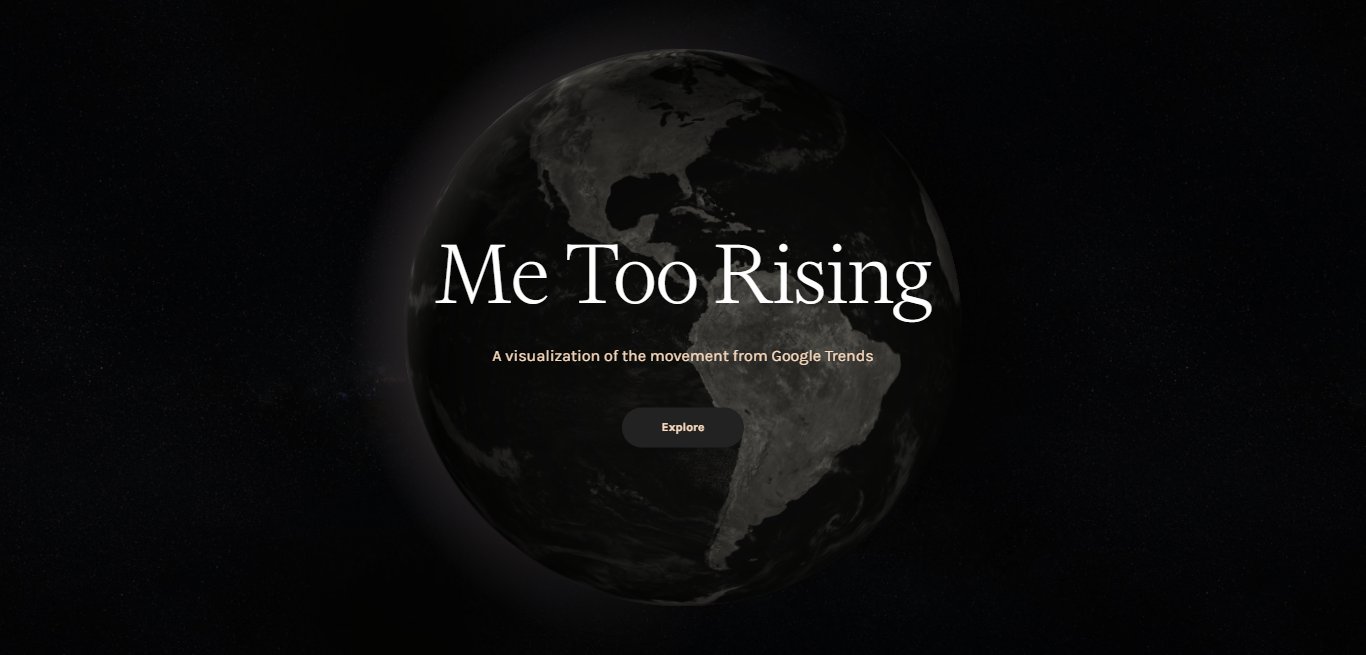
Today, a look at the current state of the global #MeToo highlights a bittersweet fact – that India is one of the most active countries on the list.
In fact, out of the total 27 regions (per Google Trends) in the world, India is on the fourth position.
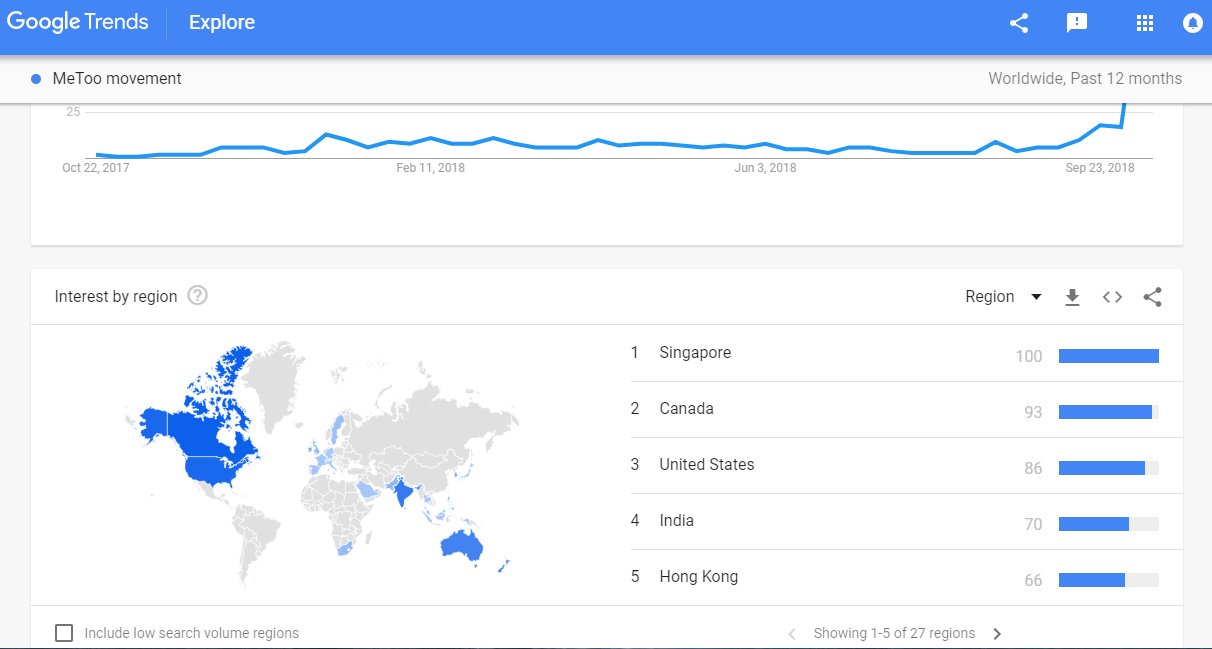

Simply put, the rise in the #MeToo movement in India is not a random occurrence, it is not a one-off incident, it is not, as many people would claim, a ‘publicity stunt’.
It is, in fact, a medium to finally bring a very real issue to the forefront.
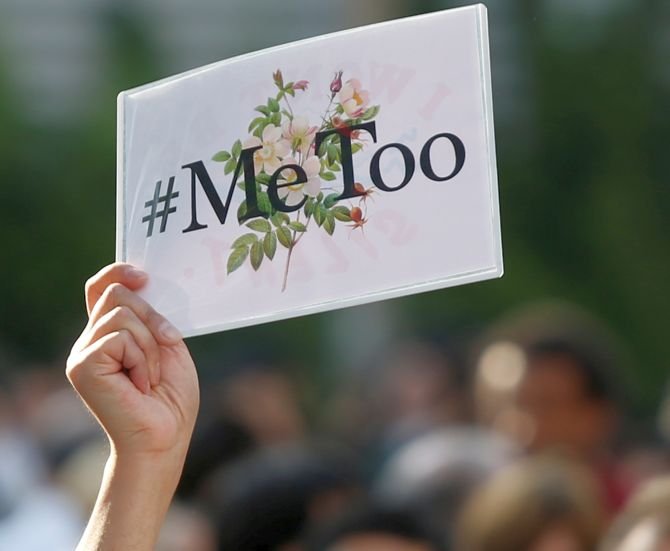
The beautiful visualization is a powerful reminder that the phenomenon has taken a stronghold in India and is not restricted to only metropolitan cities.
The visualization highlights the top searching cities across the globe for each day and it is not the Indian metros that are cropping up on the list but, in fact, small towns and cities.
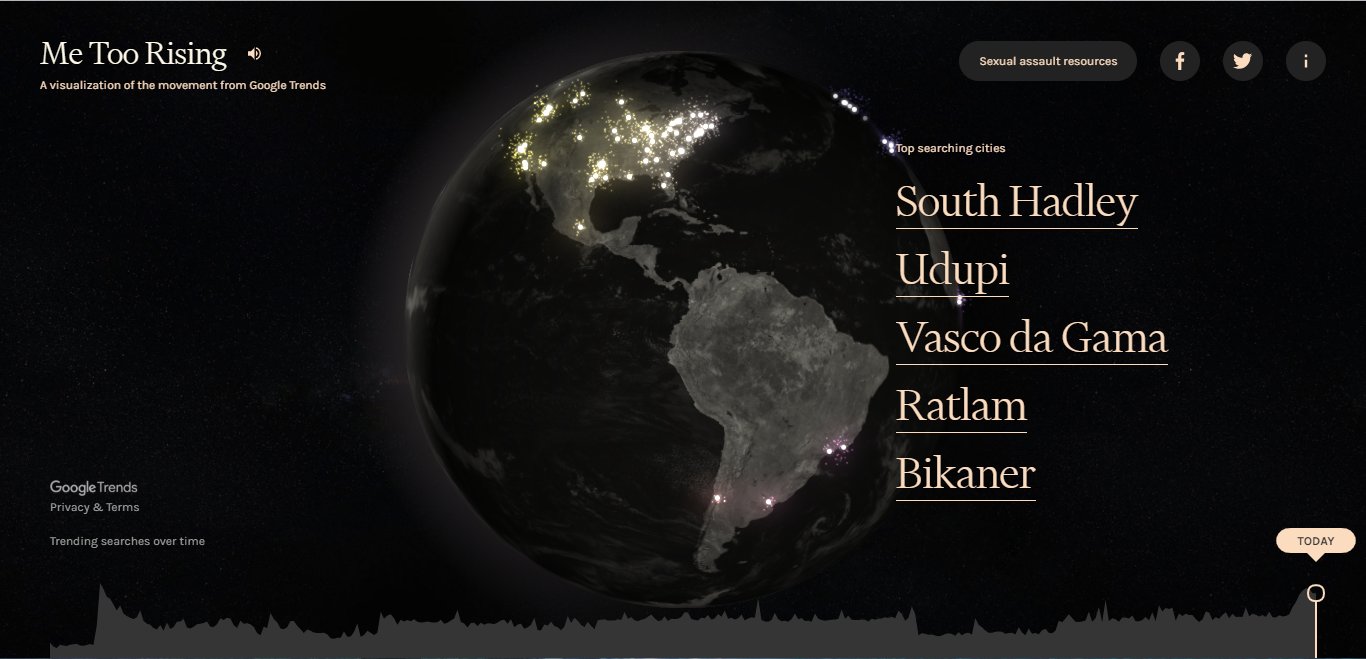
For example, on October 16, 2018 (i.e. today), Indian cities like Udupi, Ratlam, and Bikaner are in the top 5 most searched cities across the globe. And non-metro Indian cities are being listed in the top searching cities for many days now.
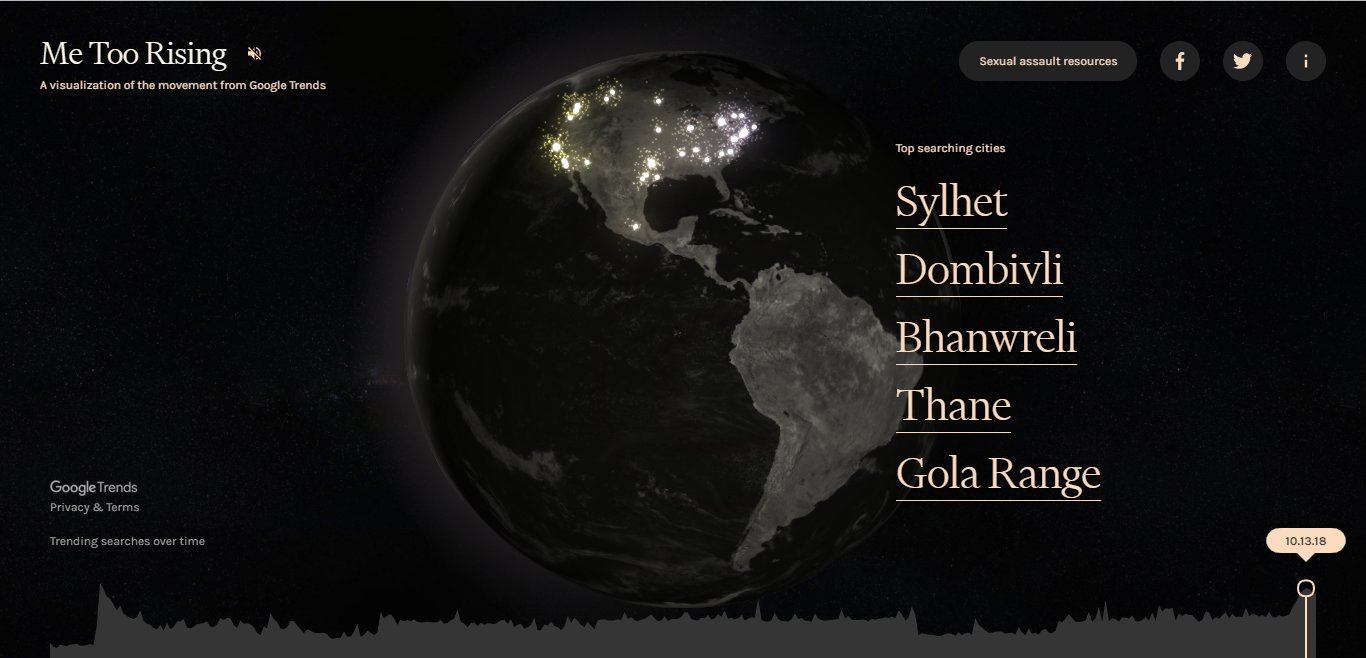
This is a clear indication that the #MeToo is not just an urban phenomenon but a very realistic and widespread movement that has spread across all corners of India – just like it should.
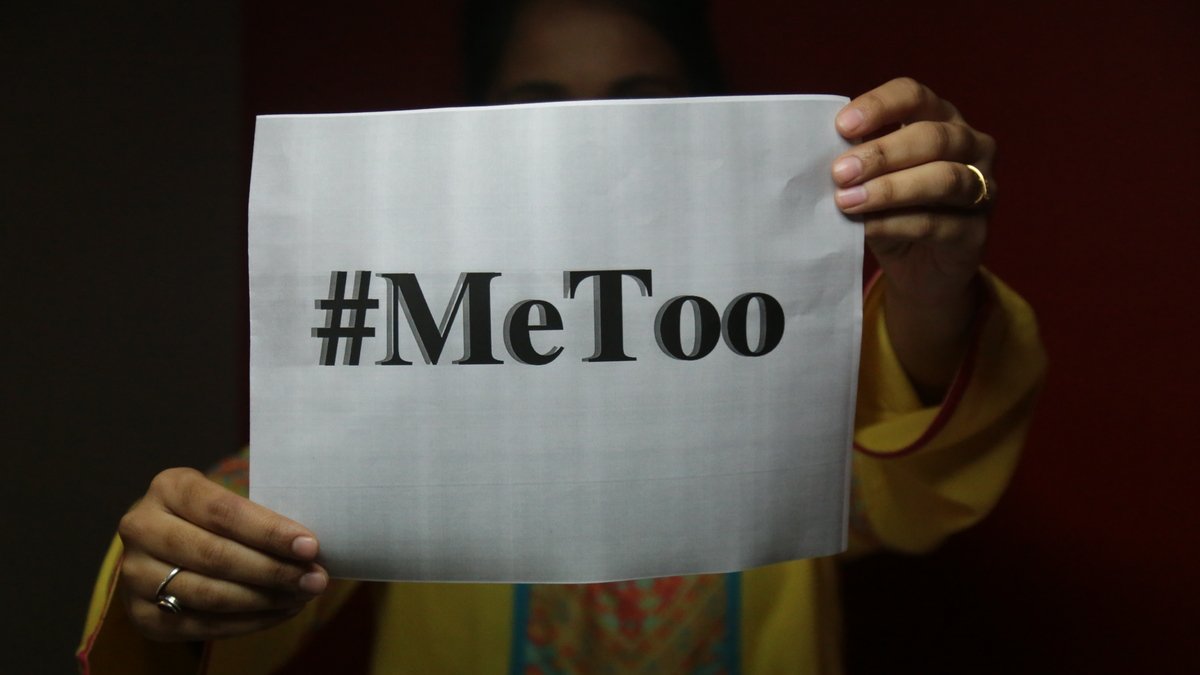

The recent rise in the #MeToo movement in India started approximately 15 days ago when actor Tanushree Dutta accused fellow actor Nana Patekar for allegedly sexually harassing her on a film set 10 years ago.

From there on the movement spiraled till prominent personalities from all walks of life – comedy, media, politics, and entertainment – were called out by people on social media.

The visualization also provides information on how the #MeToo movement started; along with information on the various resources, specifically in the USA and in general across the globe, that women can use when dealing with sexual assault of any form.
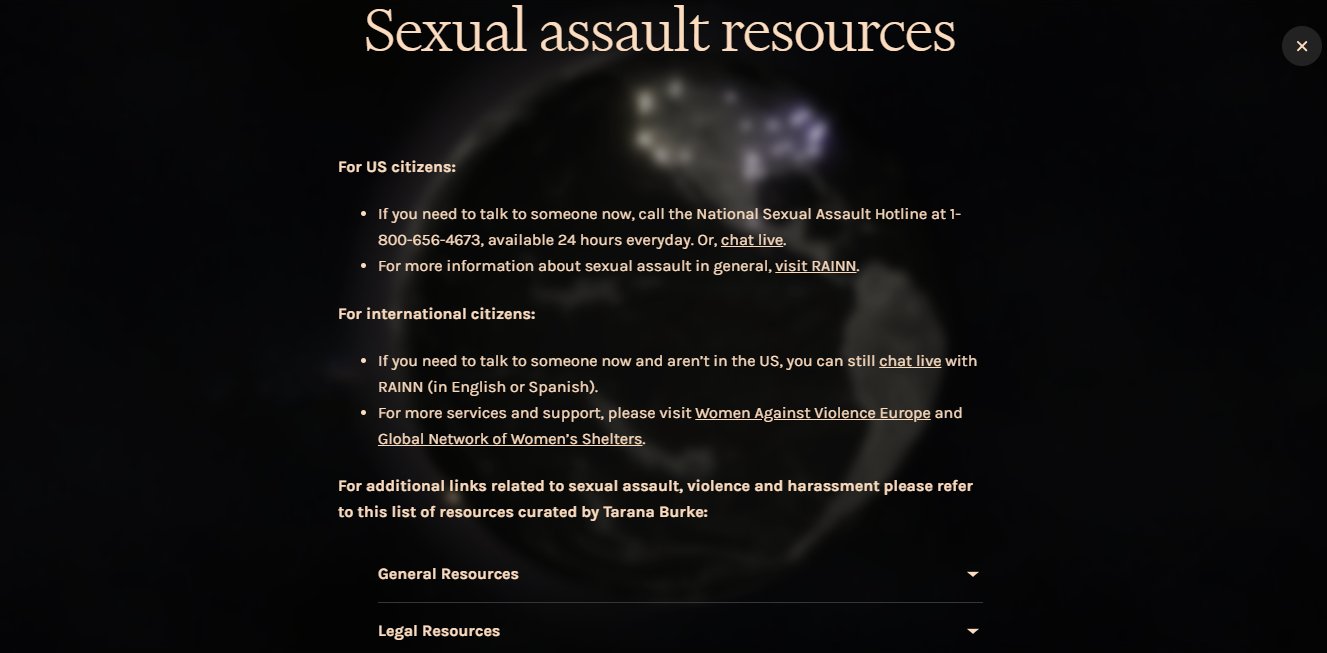

The simple acknowledgment of the widespread effects of toxic masculinity is the first step in bringing a change in the global scenario.
Which is why an initiative like this acts like a positive reinforcement for the movement. More importantly, it presents a very strong visual depicting the kind of impact that such stories have already had and can continue to have.

















